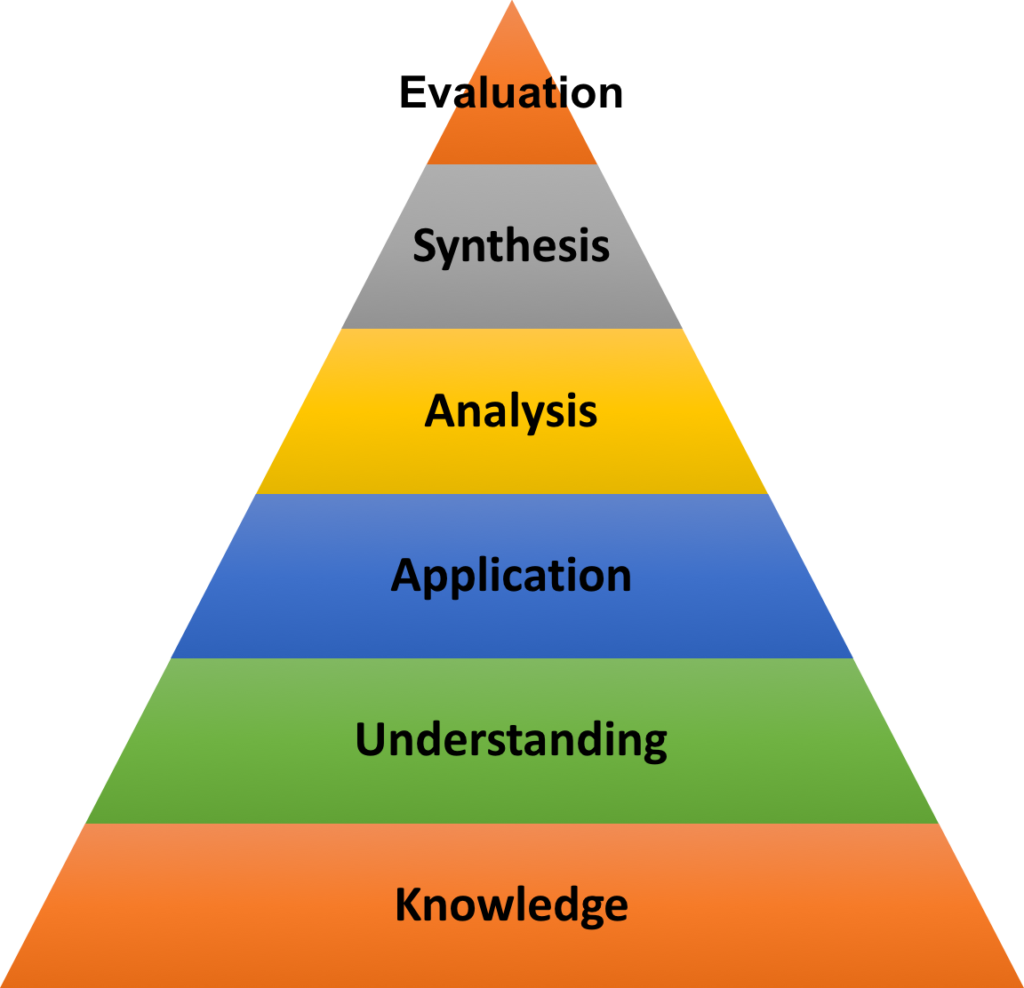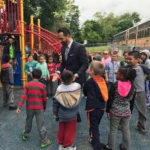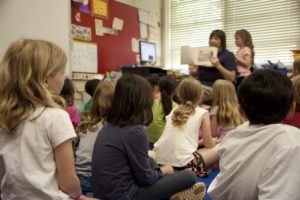
Addressing The Problem with Homework
Many educators are starting to recognize the problem with homework. And while homework is almost universal, there is little evidence that it actually works.

If you asked 100 school superintendents for the most pressing issue facing their district, what do you think they’d tell you? You might expect to hear concerns over test scores, budget cuts, and attendance rates. And you might not expect anyone to bring up the importance of recess in schools.
That is, unless you were speaking to Dr. Michael Hynes, the superintendent of Long Island’s Port Washington School District. Dr. Hynes has a bit of an obsession with the topic of recess in schools.
Over the past 20 years, Hynes has watched American schools start pushing students in a way that is unhealthy. “It’s stripping away our responsibility for their basic needs. We talk about the workforce and making sure we produce students who will be able to compete globally. Yet we learn very little from what schools are doing around the world.”
Dr. Hynes’ appreciation for recess in school began a few years ago, when he started “shadowing” his students.
“I will pick a third grader, fifth grader, or senior and follow their schedule for the whole day. And what that has allowed me to do is see what life is like for students now, compared to when I was teaching 20 years ago.”
On this particular day, he was shadowing a third grader. “When we went outside for recess, we’re about to play kickball. We divide the teams up — of course, I’m first, because I wanted to get the ball. And by the time the first pitch was coming out, the whistle blew to go inside.”
“I wanted to be outside! And just like cattle, we were all going inside, and the students all go ‘Oh, COME ON!’ The next week, I’m shadowing second grade. And it’s the same thing.”
“I’m like, this is actually torture. This isn’t a time for kids to relax. What I found was that in a 40 minute lunch/recess block, kids would either not eat lunch, or they would just wolf it down to get to recess. I was like, ‘this is not working.'”
“From that moment on, I said, ‘We are going to double this.’ I decided to make lunch and recess each 40 minutes. I spoke with a few of our principals and teachers, and they were willing to pilot and test drive it that same year.”
In bringing this change to the district, Dr. Hynes was thinking about more than kickball. “If you focus on the health and wellness of the kids, a natural by-product will be achievement.”
“When their basic needs are met, kids will score better on tests, but that’s not what gets us up in the morning.”

Hynes believes that we need to redefine how we measure success in schools. “It’s about Maslow before Bloom,” referring to Maslow’s hierarchy and Bloom’s taxonomy.
Bloom addressed the importance of conceptual learning, whereas Maslow focused on the emotional needs of the individual. Maszlow’s central thesis was that basic needs, such as food, safety, and even love, need to met before our brains can focus on learning.
“Children are in class feeling emotional ‘solar flares.’ If we don’t teach executive functioning skills, it’s going to interrupt their education. And that’s why the yoga, the mindfulness, the extra recess are so important.”
Dr. Hynes identifies four ways that the benefits of recess in school have transferred from the playground to the classroom.
“For the first time in the day, students choose what they want to do.” This increases student empowerment and their opinion of school as a whole.
“Students had been bottling up potential energy by sitting still all day.” When they get to move around, they release that energy and can better focus on learning.
“Students finally get to hang out with friends for a prolonged period of time.” These social interactions help improve school culture, and their propensity for collaborative learning.
“Students felt relaxed when they came back from recess. Previously, many students felt anxious or not in a good place.” This relaxation reduced behavior issues, making the classroom experience more pleasant for both students and teachers.
After speaking to the teachers, he heard that students were more engaged. “The students were happy when they came back from recess. Over time, they were learning how to problem-solve and work out their own solutions. The faculty doesn’t want it to go back to the way it was.”
“So how do I know it’s working? If I removed double recess, I probably wouldn’t have a job anymore.”
Dr Hynes fascination with recess has not been a solo crusade. In fact, recess in school was not really a passion until he realized how badly his district needed it.
“When I came to the Patchogue-Medford school district, I interviewed a cross-section of our community,” including 350 students, board trustees, teachers, administrators, parents, and vendors.
“I asked three simple questions: What’s working well and why? What needs to be done to make our schools better? And what do I need to do in order to stick around?”
He noticed some common themes to the community’s concerns. “They asked for students to want to come to school again. For change within the school that benefits students. They wanted to see less anxiety and kids who were not stressed out all the time.”
Then, he created a plan designed to address those concerns. “We have a five year strategic plan. It’s comprehensive, it’s rich in data, and it’s supported by major educational theories.”
He also understood that making changes required financial support. “Most importantly, the plan is backed by a school budget that allows us to put it in place.”
“We have seven elementary schools. In about a month and a half, we’ll have seven new playgrounds. That is a massive amount of money. But that is what the school community wanted for our kids. They saw how important it was for kids to be outside and to have the proper equipment to play on.”
“We have about 90% of the community behind us. And we’ve had 45 schools from across the United States come visit our schools, because of what we’re trying to do.”
Even with community support for student well-being, Dr. Hynes recognized the importance of studying the connection between his initiative and academic outcomes.
And what he found was that time invested in recess produced clear academic benefits. “It doesn’t matter if you’re in a highfalutin school district or if you’re in an urban school district that is struggling for resources. If you put these changes in place, you’re going to get higher test scores.”
As for identifying a statistical link between recess in school and testing data, that’s a bit more complicated. “The conundrum we have, because my community is so savvy, is that we have an 80% opt out rate. Meaning that 80% of our students in grades 3 through 8 don’t take the state test. We have internal scores that we use that tell us it’s working, but they’re not standardized or normed state-wide.”
Hynes is unphased by the absence of test results. “Discipline referrals have been reduced in some schools by half. There has been an uptick in attendance, because kids want to go to school now. So we do have measurable results, but we don’t have test scores per se.”
Dr. Hynes is happy to share what has worked in Patchogue-Medford with anyone who’ll listen. “Email me, and I’ll give you a road map. Seriously. I’ve spoken to every school board member, every superintendent who is looking to move in that direction. Because I think the process is just as important as whatever you’re trying to implement.”
Despite his success, Hynes is clear that his student wellness goals are not finished, just because he’s increased recess time. “The doubling of recess is just one spoke in the wheel.”
He’s looking several years down the road. Digging into the most persistent problems in the district, and addressing them one at a time. “Most schools and districts don’t have a vision or a mission. And if they do, most people don’t know what it is. They don’t know what their core values are. They don’t know where they want to be two, three, or four years from now.”
“You have to answer those questions first. You can’t just say, ‘I want to double recess, because it sounds like a good idea.’”
We love sharing stories like this one, of innovative educators finding ways to engage, challenge, and support young learners.
To stay up to date on in the latest in student-centered learning, sign up for our free Educator’s Newsletter. It’s a weekly dose of education inspiration, straight to your inbox!
And don’t forget to share your thoughts in our Facebook group, The Reflective Teacher’s Community. Share ideas, ask questions, and connect with passionate educators like you.
We believe that every student deserves a learning experience that matches their interests and needs. Shouldn’t professional learning experiences meet that same high standard? Visit our services page to learn more about how we help teachers take charge of their professional growth.
 Dr. Michael Hynes is the Superintendent of Schools for the Port Washington School District, a TEDx speaker, and a proud Fulbright specialist. He can be reached at: [email protected] or via Twitter: @MikeHynes5
Dr. Michael Hynes is the Superintendent of Schools for the Port Washington School District, a TEDx speaker, and a proud Fulbright specialist. He can be reached at: [email protected] or via Twitter: @MikeHynes5

Many educators are starting to recognize the problem with homework. And while homework is almost universal, there is little evidence that it actually works.

Does the Danielson Rubric improve teaching? Maybe it’s an unfair question. After all, it’s a rubric, not a training program. But…

Looking for a simple way to identify effective teaching? Consider how you (or your team) are performing in each of these three critical domains.